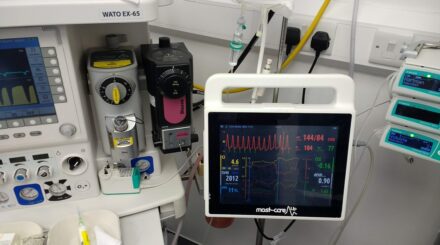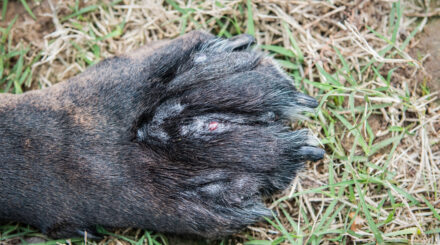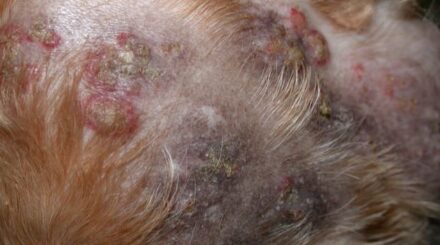How to approach nasal disease in dogs and cats (Part 2)
In the second part of this webinar, we will apply our knowledge to real clinical cases, providing a practical framework for diagnosing and managing canine nasal conditions. We will begin…
Itching for Answers: Understanding Canine Pruritus and Hypersensitivities
Pruritus is one of the most common and challenging presentations in small animal practice. In this insightful webinar, we’ll explore the complex interplay between the immune system and the skin,…
Keeping your clinical cool
No two shifts are the same in the veterinary profession, and we certainly can’t predict which cases will walk through the door next. We all have ‘busy’ days in practice,…
Navigating anaesthesia in dogs and cats
This webinar will begin by demystifying the complexities of multiparameter monitoring during anaesthesia. Attendees will learn about the essential parameters to monitor, ensuring optimal patient safety and anaesthetic depth. One…
Neonatal and paediatric emergencies
If you are looking for a refresher on normal neonatal and paediatric physiology, this webinar is for you. The care and treatment of neonates can be extremely challenging in veterinary…
Non-steroidal anti-inflammatory drugs (NSAIDs) – What Could Go Wrong?
Non-steroidal anti-inflammatory drugs (NSAIDs) are a cornerstone of pain management in veterinary medicine—but they’re not without risk. When things go wrong, the consequences can range from gastrointestinal irritation to life-threatening…
On Their Last Legs: Diagnosing and Managing Canine Pododermatitis
Pododermatitis is a frequently encountered but often complex dermatological issue in dogs. Affecting the paws—including interdigital spaces, footpads, nails, and nail folds—this condition can range from mild irritation to chronic,…
Proactive patient safety
Patient safety is defined by the World Health Organisation as the absence of preventable harm to a patient during the process of healthcare and reduction of risk of unnecessary harm….
Scaling the Surface: A Practical Approach to Scaling and Crusting Skin Disorders in Dogs and Cats
Scaling and crusting skin lesions are a common and often frustrating finding in both canine and feline patients. These signs can arise from a wide variety of underlying conditions—ranging from…
Spinal Disorders: What to do and when!
Spinal disease is a frequent and often challenging presentation in small animal practice. Prompt recognition, accurate grading, and well-timed intervention can dramatically influence patient outcomes. In this webinar, Dr. Emilia…
The Green Patient: An Approach to Gastrointestinal Disease in Dogs & Cats
Is gastrointestinal disease leaving you feeling green? This practical and case-focused webinar explores a structured, problem-solving approach to both acute and chronic alimentary disorders in dogs and cats. From common…
The Yellow Patient: An Approach to Liver Disease in Dogs and Cats
Is hyperbilirubinemia getting you down? This insightful live webinar explores a logical approach to investigating liver disease in small animals. We’ll focus on diagnostic tests, non-hepatic causes of test changes,…
Treatment and management of paracetamol toxicity in small animals
Paracetamol (acetaminophen) is a widely used and often misunderstood drug in veterinary medicine. While it can be a valuable therapeutic tool in the right context, its misuse—especially in cats—can lead…
Understanding and treating Lily Toxicity in Cats
Lilies may be beautiful, but for cats, they can be deadly. Even small exposures—such as a lick of pollen or nibble of a petal—can lead to devastating acute kidney injury….















